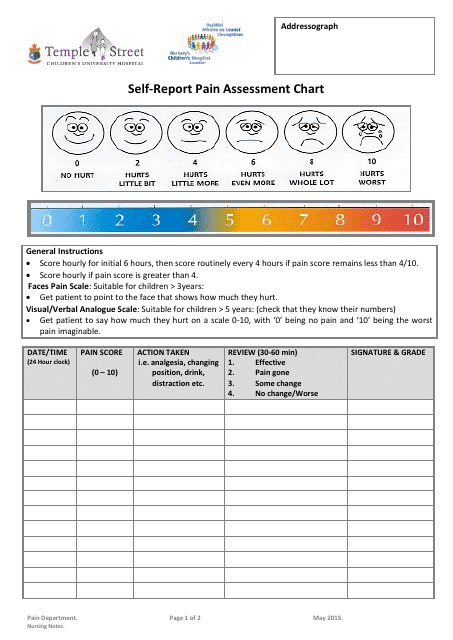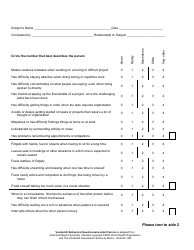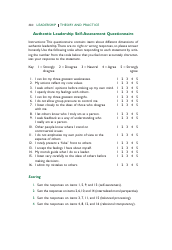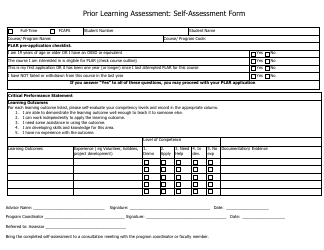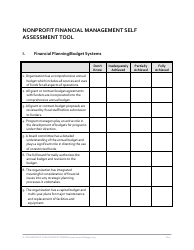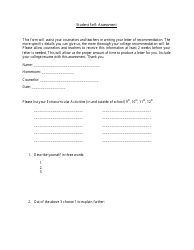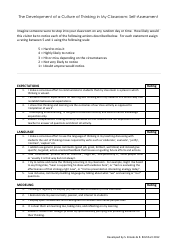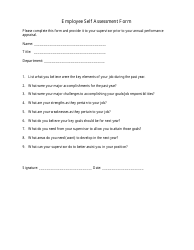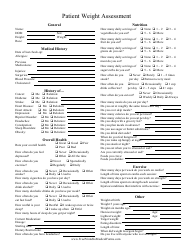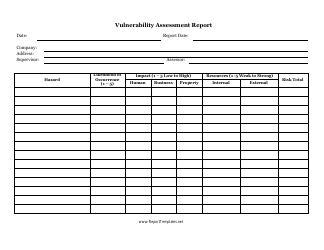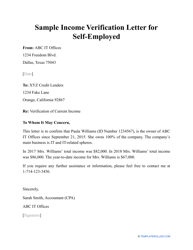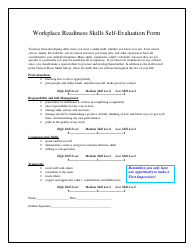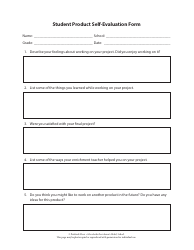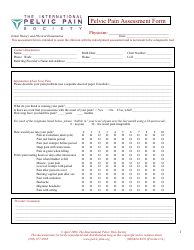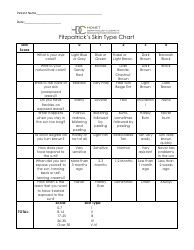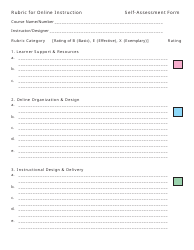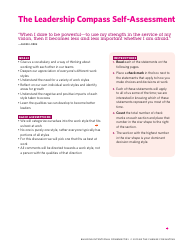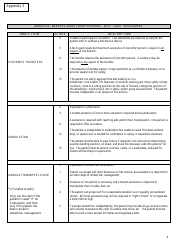Self-report Pain Assessment Chart - Temple Street
The Self-report Pain Assessment Chart - Temple Street is a tool primarily designed to help assess and measure a patient's pain levels at Temple Street Children’s University Hospital in Ireland. This chart often uses scales of illustrations, numbers, or descriptors so that patients, especially children, can indicate their current pain level, making it easier for healthcare providers to determine the appropriate course of treatment. It's an efficient way to track changes in a patient's discomfort level over time, ensure proper pain management techniques are implemented, and improve overall patient health outcomes.
The Self-report Pain Assessment Chart - Temple Street is typically filed by medical professionals such as nurses or doctors who are in charge of patient care in Temple Street Children's University Hospital in Dublin, Ireland. These professionals record the patient's self-reported pain levels on this chart to monitor their progress and adjust their pain management strategies. It is especially used in pediatric care, as children are the primary patients of this hospital.
FAQ
Q: What is a self-report pain assessment chart?
A: A self-report pain assessment chart is used by healthcare professionals to enable patients, particularly children, to express the level of pain they are experiencing. It typically consists of a series of faces or images, each associated with a numerical pain rating scale.
Q: Why is the self-report pain assessment chart important?
A: This chart is important because pain is a subjective experience and can only truly be assessed by the individual experiencing it. The chart provides a way for patients who may have difficulty communicating verbally to still express their pain levels accurately.
Q: How is the self-report pain assessment chart used in Temple Street?
A: At Temple Street Children’s University Hospital in Dublin, Ireland, the self-report pain assessment chart is used as part of the routine assessment of every child. The patient is asked to indicate which face on the chart best represents how they feel.
Q: How effective is the self-report pain assessment chart?
A: The self-report pain assessment chart has been found to be very effective. It allows healthcare professionals to gauge the level of a patient's pain whilst being easy and straightforward for children to understand and use.
Q: What ages is the self-report pain assessment chart appropriate for?
A: The self-report pain assessment chart is typically used for children aged 3 and older. For younger children or those unable to communicate their pain, other pain assessment tools may be used.
Q: Why is it called the Temple Street self-report pain assessment chart?
A: The name comes from its usage at the Temple Street Children’s University Hospital in Dublin, Ireland but versions of such a chart are widely used in health care industry across the globe.
